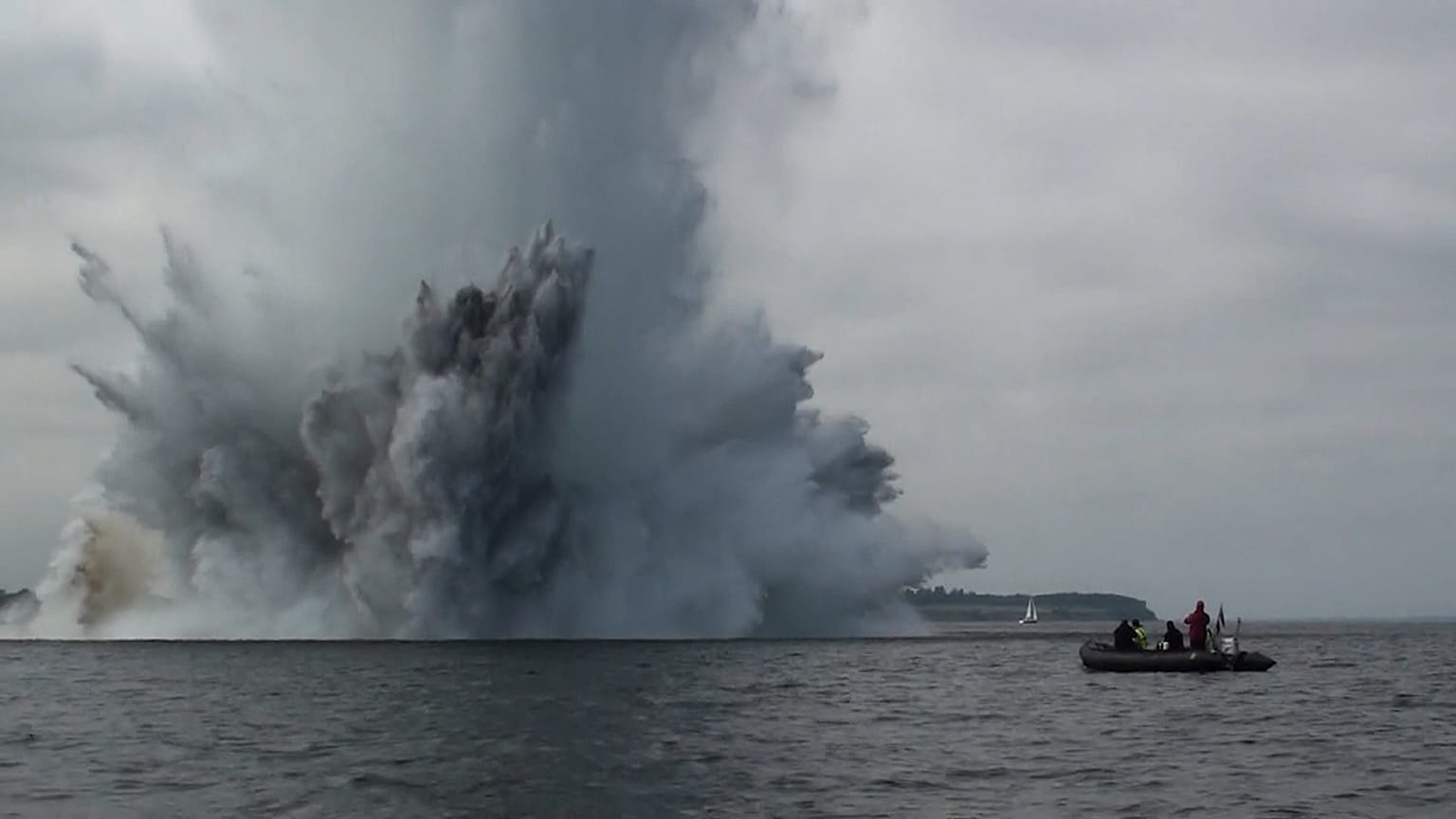Millions of tons of conventional and chemical munitions have been dumped into the sea after the 20th century world wars. As the shells being to rust, their deadly contents start entering the seawater - and marine food webs.
During the 20th century, countless pieces of explosive ammunition were lost or intentionally dumped on the seafloor along the European coastline. As they rust, they release toxic chemicals that contaminate sea water. Scientists cannot yet say how dangerous they are to marine life and human health.
Until 1975, countries all over the world routinely dumped obsolete or unusable munitions on the seafloor. The location of munition dumping grounds is often poorly documented.
It's estimated that the German areas of the North and Baltic Seas alone contain some 1.6 million metric tons of conventional munitions and more than 200 000 tons of chemical weaponry.
At least 50 000 tonnes of chemical weapons have been dumped into the Baltic Sea since the end of the Second World War. Deadly poisons — such as mustard and tear gas and nerve and choking chemical agents are leaking into the Baltic Sea — which is already considered one of the world's most polluted marine ecosystems.
Unexploded munitions also threaten marine industries and so pressure is growing to locate, monitor and mitigate this threat. Euronews' Ocean team joined a research expedition studying a dumpsite in the Baltic Sea, a few kilometres offshore from Kiel.
Aaron Beck, researcher in aquatic biogeochemistry with the GEOMAR Helmholtz Centre for Ocean Research Kiel, is leading the scientific cruise.
"It's a combination of conventional explosives — things like TNT — and also chemical weapons",- he says of the munition dumpsites scattered across European seas. The coastal area around Kiel isn't significantly affected by chemical weapons. However, it is here that one of the largest conventional ammunition dumpsites - Kolberger Heide - is located.
Researchers working in the EU-funded BASTA and ExPloTectprojects use underwater drones and innovative chemical detectors to study the Kolberger Heide marine dumpsite. In this area alone, there are some 30 000 tonnes of rusting sea mines, aerial bombs, torpedo heads and other munitions, dumped in large piles or scattered on the seafloor.
The extend of the threat to humans and marine ecosystems, as well as possible long-term effects of the release of toxins into the seawater, are yet to be fully understood.
Aaron Beck is cautious. "We do know that the chemicals are coming out of the munitions, and they're getting into organisms. So there's a good chance that it's getting into seafood, and therefore humans can be exposed to it — but we really don't know that much about that aspect of it",- he says.
Scientists hope that mapping the toxic dumpsites will help find a feasible way to eliminate them in the future.
















